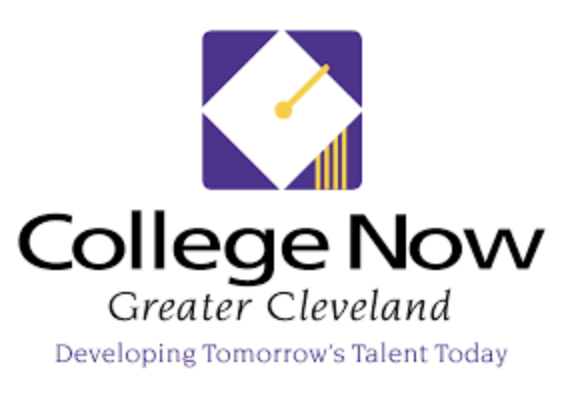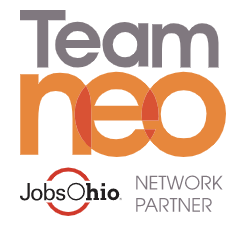It’s the big question.
What do you want to be when you grow up? For many children, the question is filled with promise. But for those in disadvantaged communities, it often brings only silence.
Children in underserved, low-income, and low-resource communities have limited exposure to the ideas, opportunities, and role models from which professional dreams and STEM-focused careers are built. It’s a simple truth. To be it, you must see it.
In partnership with community organizations and businesses throughout Northeast Ohio, the NeoSTEM Ecosystem has launched DreamSTEM, an initiative geared to raise individual and community awareness of the many STEM careers available in our region, and to develop accessible pathways to them. The ultimate goal of DreamSTEM is to increase the numbers of Black and Brown students entering STEM disciplines and professions.
DreamSTEM is the umbrella program for a number of connected initiatives, including:
- An awareness-building campaign to elevate the importance of STEM through both traditional messaging and grassroots community outreach, including social media, fliers posted at local businesses, and billboards.
- Developed career pathways spanning from pre-K to college with specific, tangible, and comprehensive curriculums, including both in-school and out-of-school programs, to follow for selected careers.
- A STEM mentorship program connecting students with advisors, and offering professional development opportunities and a teacher externship program.








